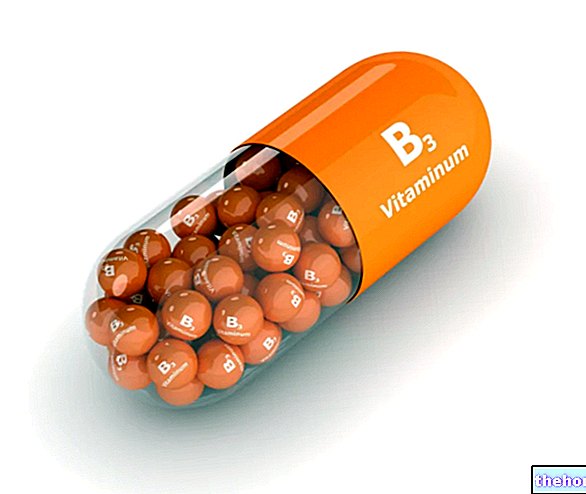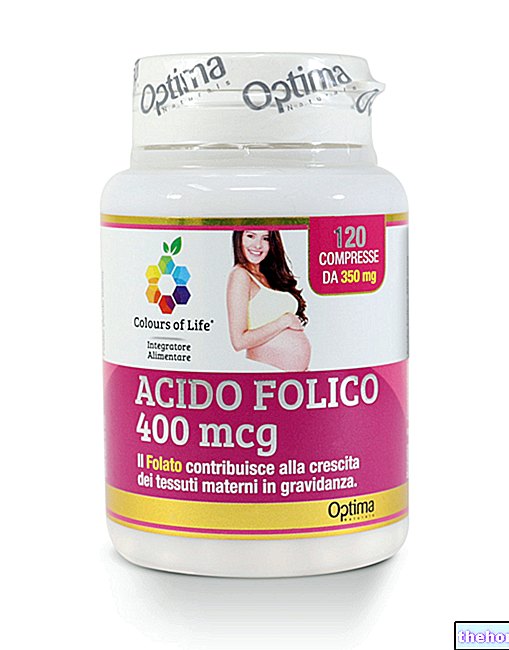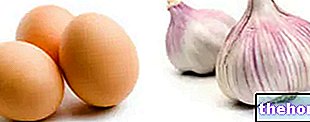«Saturated and unsaturated fats, chemical premises
Percentages in the Diet
Percentage of total fat
In a "balanced diet, fats should provide 20 to 40% of the total daily calories (preferably 25-30%).
Breakdown of fatty acids in the diet
This percentage should be broken down as follows
- 55% from monounsaturated fats
- 20% polyunsaturated (at least 12 g per day).
- 25% saturated + hydrogenated fats.
How many saturated fat?
Overall, saturated fat shouldn't exceed 10% of your daily calories. Higher quantities, in fact, increase the risk of cardiovascular disease. It is however important to specify that myristic acid, palmitic acid, and to a lesser extent lauric acid, are those with the greatest atherogenic power, while stearic acid and short-chain fatty acids seem to have less relevant effects.
Short-chain fatty acids are present, for example, in coconut oil, a food that, despite being rich in saturated fats, is not as harmful as, for example, beef tallow, lard and bifractionated tropical oils / hydrogenates consumed in large quantities.

Effects of replacing one percent of daily calories from carbohydrates with one percent of calories from related fatty acids.
How many essential fats?
The intake of polyunsaturated fats, which are the sum of omega 3 and omega 6, according to the guidelines of the WHO, must be between 7.5 and 10% of daily calories.
Recently, the LARN (Recommended Intake Levels of Energy and Nutrients for the Italian population) have increased the recommended rations of polyunsaturated EPA and DHA (eicosapentaenoic and docosahexaenoic acid); these two metabolically active derivatives of alpha linolenic acid (ALA - essential omega 3), especially DHA, seem particularly important during gestation (for the unborn child), in early childhood, in growth and in old age.
Reference range for nutrient intake
Adequate intake
+ DHA 100 mg
UP TO 2 YEARS
DHA 100 mg
OVER 2 YEARS
+ DHA 100-200 mg
- % En: percentage of the total energy of the diet.
- PUFA: polyunsaturated fatty acids.
- EPA: eicosapentaenoic acid.
- DHA: docosahexaenoic acid.
- The higher values of the percentage ranges (RI) are consistent with diets in which the carbohydrate intake is close to the lower limit (eg clinical nutrition of the type 2 diabetic).
Omega 6 - omega 3 ratio

However, remember that vegetable oils rich in omega-3, in addition to containing above all ALA (metabolically less active than EPA and DHA), also provide significant quantities of omega 6; this means that, if on the one hand they contribute to increasing the total amount of omega 3, on the other they do not seem useful in ensuring the right ratio between omega 6 and omega 3.
Trans fatty acids
Since trans fatty acids appear to raise LDL cholesterol and lower HDL, their intake should be less than 5 grams per day. Therefore, although modern industrial technologies allow to significantly lower the formation of trans during hydrogenation, it is advisable to limit the consumption of margarines and pastry products containing the generic name "hydrogenated fats", and also that of fried products (the used oils tend to be enriched with trans fatty acids).
Practical Tips
What to eat to balance the fats in the diet?
A precise calculation of the quantities of saturated and unsaturated fats is not at all practical; for this reason, most of the time it is advisable to moderate the foods that contain more saturated or hydrogenated fats, favoring those that do not have them or that contain unsaturated fats.
It may also be useful to reduce eggs (no more than three per week), certain offal, soft cheeses and whole milk.
To improve metabolic health it is also advisable to reduce: foods with a high glycemic index, including cola-like drinks and industrial fruit juices.
In practice, the optimal division between saturated and unsaturated fats is obtained by consuming:
- 2/3 of lipids of vegetable origin (oils, also giving space to alternative sources rich in omega three, such as certain cold-pressed vegetable oils)
- 1/3 of animal fats (butter, fatty meats, eggs, etc.)
- Fish at least 2-4 times a week; it is in fact difficult to reach the requirement of omega 3 fatty acids EPA and DHA without regularly consuming this precious food or the aforementioned categories of vegetable oils.
Useful resources:
- Cholesterol in Food
- Saturated Fat in Food
- Polyunsaturated Fats in Foods




























